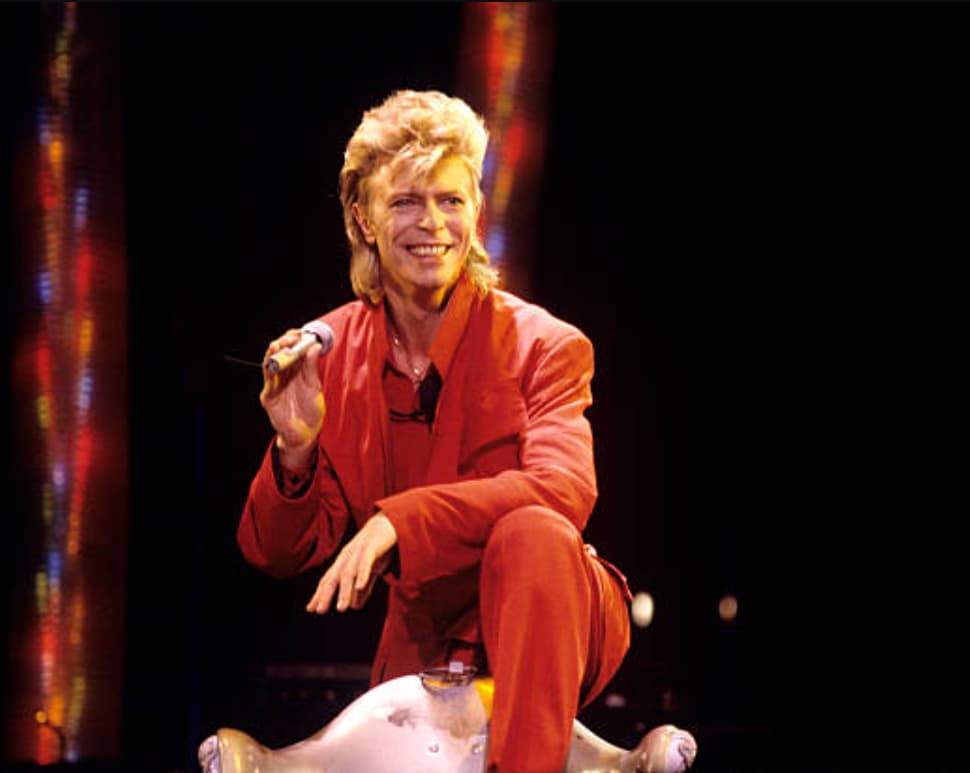
An electric whisper of cosmic hope, sparking a glorious, androgynous revolution.
There are certain moments in music history that feel less like a song release and more like a cultural seismic event. The arrival of David Bowie’s “Starman” in the spring of 1972 was precisely one of those tremors, the glittering explosion that fully launched the Ziggy Stardust phenomenon and forever changed the landscape of rock and pop. For those of us old enough to remember the often-drab, post-hippie sensibilities of the early 70s, this song was a bolt of lightning, a promise of color, daring, and difference.
The single, released on RCA Records on April 28, 1972, and featured on the epochal album The Rise and Fall of Ziggy Stardust and the Spiders from Mars, was actually a late, but inspired, addition to the tracklist. It was written in response to RCA’s request for a clear, commercially viable single—a demand that Bowie answered with an anthem of alien salvation. The commercial trajectory was initially steady, but its fate was sealed on a single, unforgettable Thursday night: July 6, 1972, when Bowie, in full Ziggy Stardust regalia (a vibrant jumpsuit, shock of tangerine hair, and heavy makeup), performed “Starman” on the BBC’s Top of the Pops.
The impact of that four-minute performance cannot be overstated. It was arguably the most important television appearance of the decade, a brazen display of androgyny and theatricality that stunned a conservative Britain and galvanized an entire generation of outsiders. Suddenly, Bowie rocketed from being a respected but commercially middling artist to an absolute superstar. The single’s sales surged immediately, propelling it to a peak position of Number 10 on the UK Singles Chart. While it only reached Number 65 on the U.S. Billboard Hot 100, its cultural effect in America was undeniable, providing the necessary lift for the Ziggy Stardust album to become a smash hit that still defines the artist’s legacy.
A Radio Transmission From the Outer Limits
At its core, the song tells a captivating science-fiction story, integral to the Ziggy Stardust concept album. It is sung from the perspective of an Earthbound youth who hears a message of hope transmitted via radio from an alien being—the titular “Starman”. The celestial visitor, one of the “Infinites” according to Bowie’s lore, plans to save humanity before the planet’s impending doom, bringing salvation to the disillusioned youth of a dying world. “There’s a Starman waiting in the sky / He’d like to come and meet us / But he thinks he’d blow our minds.”
This central theme—salvation for the disenfranchised, a message of acceptance broadcast from the cosmos—is what resonated so profoundly with listeners who felt isolated and misunderstood. Bowie, through his Ziggy persona, was giving permission to the outcasts, the dreamers, and the unconventional to be exactly who they were. The chorus is a work of subtle genius, with the melody borrowing its distinctive octave leap from Judy Garland’s classic, “Over the Rainbow.” This deliberate nod links the fantastical promise of the Starman’s arrival to the timeless, yearning hope of a better world “somewhere” beyond life’s current troubles.
The song is not merely a novelty space tune; it is a profound declaration of artistic freedom. It was a catalyst for a genuine revolution in personal style and sexual politics, telling a generation that they were not alone. When Bowie pointed directly at the Top of the Pops camera and sang, “Tell your mama, everything’s alright,” it was a coded message, a moment of electrifying connection with every lonely teenager staring at the screen. “Starman” is the sound of an artist finding his most authentic, radical voice, and in doing so, giving a multitude of fans the courage to find their own. It remains a sparkling beacon of Glam Rock and one of the most important singles in British music history.